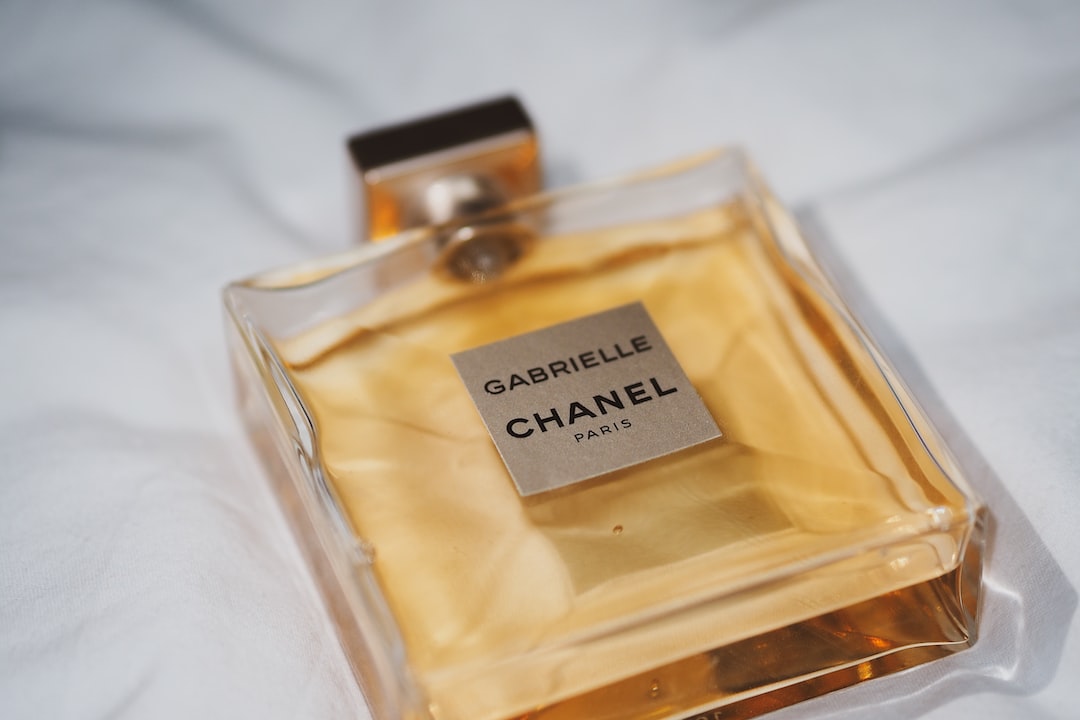Scabbing is a natural part of the healing process after getting a microblading or eyebrow tattoo procedure. It is important to understand how long it takes for eyebrows to scab and how to properly care for them during this period. This article will provide a comprehensive guide on the scabbing phase of eyebrow healing.
Understanding the Scabbing Phase
After getting your eyebrows microbladed or tattooed, scabbing is a normal occurrence that happens as a result of the body’s natural healing process. Scabs form as a protective layer over the treated area, preventing infection and promoting healing. It is crucial not to pick or scratch at the scabs to avoid complications and achieve optimal results.
How Long Does it Take for Eyebrows to Scab?
The scabbing phase of eyebrow healing typically begins around the third to fifth day after the procedure. This can vary depending on the individual and the aftercare routine. Once the scabs start to form, it usually takes about one to two weeks for them to fully heal and naturally fall off. It is important to let the scabs come off on their own to avoid scarring or pigment loss.
Proper Care During the Scabbing Phase
To ensure optimal healing and prevent complications, it is essential to follow proper aftercare instructions during the scabbing phase:
- Gently cleanse your eyebrows twice a day using a mild, unscented cleanser and lukewarm water. Pat dry with a clean towel.
- Avoid excessive sweating, sun exposure, saunas, and swimming pools during the healing process.
- Avoid applying makeup or skincare products directly on the scabbed area.
- Avoid picking, scratching, or rubbing the scabs, as this can cause infection and potential scarring.
- Apply a thin layer of the recommended aftercare cream or ointment as advised by your microblading artist or tattoo professional.

Common Concerns during the Scabbing Phase
During the scabbing phase, it is common to experience certain concerns. Here are some frequently asked questions:
1. Are my scabs too thick?
Scabs can vary in thickness, but they should not be overly thick or raised. If you notice unusually thick or excessive scabbing, it is best to consult with your microblading artist or tattoo professional to rule out any potential issues.
2. Can I apply makeup to cover the scabs?
It is generally advised to avoid applying makeup directly on the scabs. Doing so may interfere with the healing process and increase the risk of infection. It is recommended to wait until the scabs have naturally fallen off before applying makeup on the treated area.
3. Is itching normal during the scabbing phase?
Itching is a common sensation during the scabbing phase, indicating that the healing process is progressing. However, it is important to resist the urge to scratch or pick at the scabs to prevent complications. If the itching becomes unbearable, you can gently pat the area or apply a cold compress to alleviate the discomfort.
The scabbing phase is a crucial part of the eyebrow healing process after microblading or tattoo procedures. Understanding how long it takes for eyebrows to scab and following proper aftercare instructions ensures optimal healing and long-lasting results. Remember to be patient, avoid picking at the scabs, and consult with a professional if you have any concerns or questions.